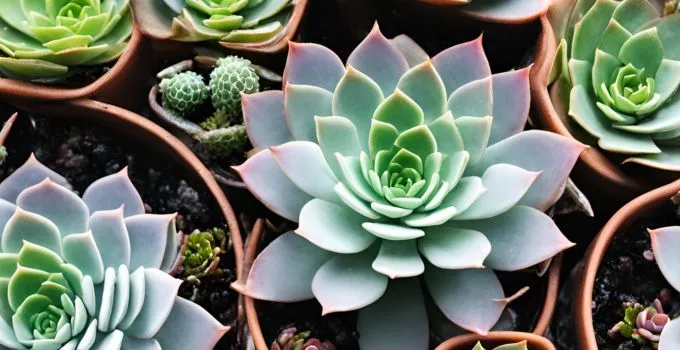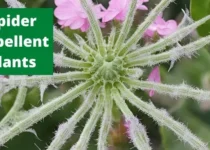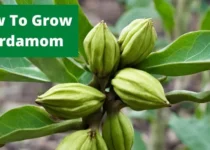How To Water Succulents?
Mastering the Art of Watering These Desert Dwellers
Succulents, with their ability to store water in their leaves, are often lauded for their drought tolerance. However, even these resilient plants require careful watering to thrive. Too much water can lead to root rot, while too little can cause dehydration and wilting. Here’s a guide to mastering the art of succulent hydration:

1. Understanding the Need for Moderation:
- Succulents are Not Thirsty: While succulents are adapted to arid environments, they still need water to survive. However, they are much more sensitive to overwatering than underwatering.
- Less is More: The key is to water deeply but infrequently. Allow the soil to dry out completely between waterings.
2. Signs of Thirst and Overwatering:
- Signs of Underwatering: Wrinkled or shrunken leaves, browning tips, and dry, cracked soil.
- Signs of Overwatering: Soft, mushy leaves, discoloration, and a foul odor emanating from the soil.
3. The Touch Test: Feeling for Moisture:
- Insert a Finger: Stick your finger about an inch into the soil. If it feels dry, it’s time to water.
- Visual Inspection: If the top layer of soil feels dry to the touch, it’s likely the entire pot needs watering.
4. Watering Techniques:
- Deep Watering: When you water, do so thoroughly, ensuring the water reaches the roots. Water until you see excess water draining out of the pot’s drainage holes.
- Top Watering: Most succulents prefer top watering. Pour water slowly and evenly over the soil, allowing it to soak in.
- Bottom Watering: For certain succulents, especially those with thick leaves, bottom watering can be beneficial. Place the pot in a basin of water for 30-60 minutes, allowing the soil to absorb water from the bottom up.
5. Avoiding Common Mistakes:
- Overwatering: The most common mistake is overwatering. Allow the soil to dry out completely before watering again.
- Uneven Watering: Ensure the entire soil is evenly moistened. Avoid watering only the top layer of soil.
6. Factors Affecting Watering Frequency:
- Pot Size and Type: Larger pots and porous pots (like terracotta) dry out faster than smaller pots and plastic pots.
- Plant Size and Species: Larger succulents and those with thick leaves typically need less frequent watering than smaller succulents and those with thinner leaves.
- Climate and Season: Warmer temperatures and drier climates require more frequent watering than cooler temperatures and humid climates.
7. Watering Tips:
- Water in the Morning: Water your succulents in the morning so that the soil has time to dry out before nightfall.
- Use Room Temperature Water: Avoid using cold water, as it can shock the succulents.
- Avoid Wetting the Leaves: While succulents are drought-tolerant, they can be susceptible to fungal diseases when their leaves are consistently wet.
- Consider Drainage: Choose pots with drainage holes and ensure they are not sitting in saucers full of water.
8. Signs of Healthy Hydration:
- Firm, plump leaves: Healthy succulents will have leaves that are firm and plump, not wrinkled or shriveled.
- Vibrant color: Succulents will retain their natural color and vibrancy when properly hydrated.
- Strong growth: Succulents will grow vigorously and produce new leaves when they have adequate water.
Attentive observation and a gentle touch are key to watering succulents successfully. By understanding their needs and following these tips, you can ensure your succulents stay healthy, happy, and beautifully plump.



